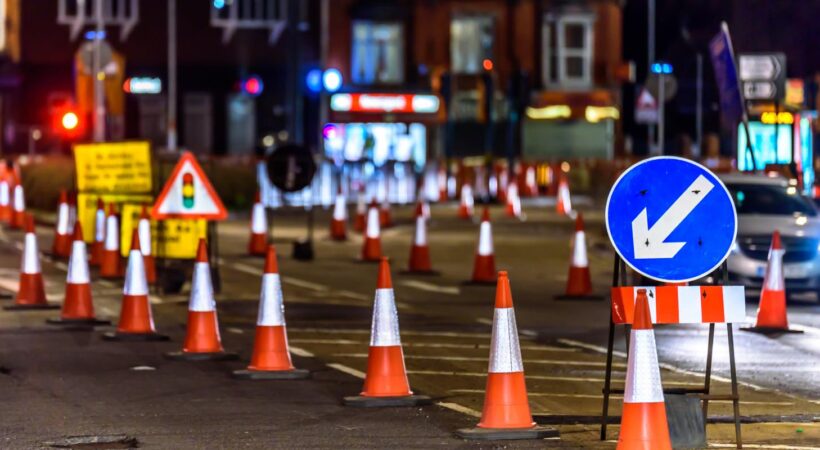The ubiquitous nature of roads within our modern societies has catalysed the evolution of road management. One of the most significant advancements in this domain is electronic road signs. These signs, once stagnant stoics on the side of highways, have transformed into dynamic mediums that convey more than just directional information. They have the potential to alter commuting experiences, streamline traffic flow, and save lives. In this deep dive, we uncover the novel ways electronic road signs are reshaping our roads and the vital considerations for their implementation.
Benefits of Electronic Road Signs
Enhanced Traffic Management
Traffic is the pulse of urban life, and much like regulating heartbeats, managing traffic is essential for city functionality. Electronic road signs provide the flexibility to change messages dynamically, aiding in rerouting vehicles in real-time. Algorithms can detect congestion points, and signs can relay the best alternative routes, thereby mitigating traffic snarls efficiently.
Real-time Information Updates
On-road situations can change in the blink of an eye, and outdated signage can lead to confusion. Electronic road signs, equipped with connectivity, receive live updates on construction, accidents, or other disruptions. This real-time information is then relayed to the masses instantly, ensuring that the current road state is understood by commuters.
Increased Safety Measures
High visibility and the ability to convey a wide array of messages make electronic road signs a potent tool for ensuring road safety. Alerts about detours, sudden road obstructions, or even the presence of wildlife can prepare drivers ahead of time, reducing the potential for accidents.
Improved Communication with Drivers
Gone are the days when road signs were a monologue from the authority to the driver. With the advent of electronic road signs, a conversational approach is catalysed. Messages like “Thank You for Driving Safely” or “Slow Down – Children Playing” add a compassionate touch, enhancing the driver’s experience and levelling the mutual respect between driver and signage.
Applications of Electronic Road Signs
Traffic Congestion Management
Dynamic messaging helps to handle erratic patterns of traffic flow. During peak hours, signs can advise alternative routes, mass transit options, or even encourage carpooling, thus creating a more fluid traffic landscape.
Emergency Notifications
Swift and clear communication in emergencies is critical. Electronic road signs can rapidly disseminate information on unsafe areas, offer evacuation routes, or notify drivers of oncoming emergency vehicles, ensuring a coordinated and safe response.
Weather and Road Condition Updates
The influence of the weather on road conditions cannot be overstated. Electronic road signs are equipped to display weather warnings and road condition updates, vital for enabling drivers to make informed choices about their journeys.
Advertising and Event Promotion
Beyond the strictly utilitarian, electronic road signs provide a platform for promotions and advertising. From upcoming events to public service announcements, the digital board can serve a variety of purposes beyond directing traffic.
In the coming years, electronic road signs will continue to redefine our interaction with the road. As we step into an era where connectivity and communication are paramount, these signs will not just be a necessity but a delightful augmentation of our urban landscapes.In conclusion, electronic road signs or trailer signage in Melbourne are more than just digital upgrades; they are pillars of a smarter, safer, and more efficient road network. Their potential to transform mundane commutes into streamlined experiences laden with information and intrigue is a glimpse into a future of intelligent transportation. As we navigate an ever-changing world, one marked by increased urbanisation and technological advancement, electronic road signs will remain beacons, guiding us forward.

